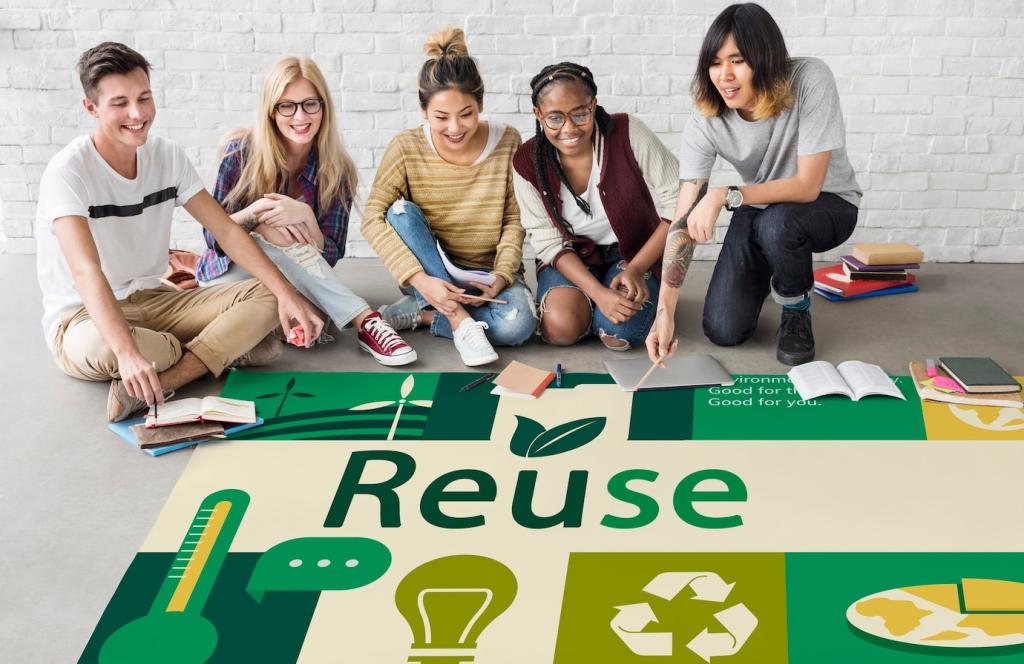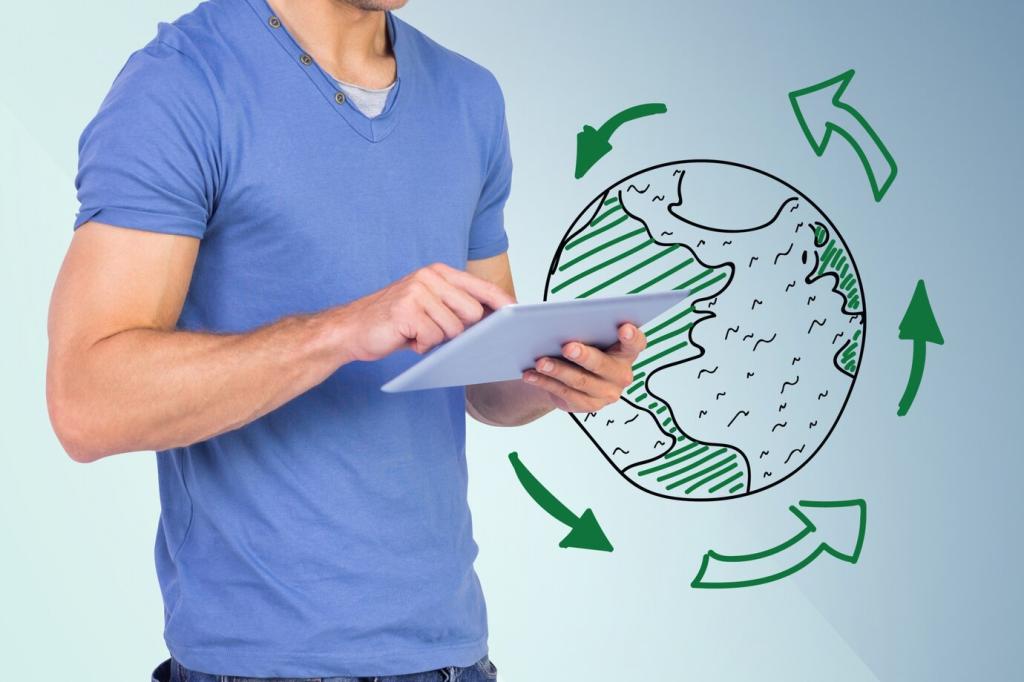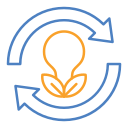Eco-friendly Textile Upcycling Strategies: Turning Discarded Fabrics into Daily Essentials
Today’s chosen theme: Eco-friendly Textile Upcycling Strategies. Step into a creative, low-impact approach to reimagining garments and household textiles so they live longer, work harder, and spark community change.

Water, energy, and land kept in the bank
Upcycling sidesteps the resource-heavy burden of new production. A single cotton T-shirt can require around 2,700 liters of water, while repurposing an existing textile uses what you already have, saving water, energy, farmland, and the emissions embedded in farming, spinning, dyeing, and shipping.

Less chemical load, fewer microfibers
By prioritizing existing fabrics, you avoid fresh dye baths and finishing chemicals. Choosing natural fiber feedstock and mindful washing practices also reduces microfiber shedding into waterways, protecting ecosystems while extending the useful life of materials already in circulation.
Closet audit with a maker’s eye
Pull everything out and sort by fiber content, condition, and size. Map each item to potential yields: panels from shirts, sturdy denim for bags, buttons worth rescuing, and linings for pockets. Photograph and label pieces so ideas come faster when inspiration sparks.
Community swaps and local reuse hubs
Organize a neighborhood swap night or join a Buy Nothing group. Libraries of Things, maker spaces, and repair cafes often collect textiles or host fix-it events. Build a reliable, mutual aid loop to keep useful fabric moving into skilled hands, not landfills.
Unexpected sources with abundant volume
Hotels, theaters, and hospitals refresh linens and costumes regularly. Politely inquire about clean, retired stock headed for disposal. Always follow hygiene standards and wash thoroughly. You may secure large, consistent fabric lots perfect for repeatable, upcycled product lines.
Technique Toolkit: Low-impact Methods that Matter

Use rectangular pattern blocks, piece small offcuts into patchwork panels, and rotate shapes to minimize scraps. Plan pattern layouts on paper first, then chalk lightly. Keep an offcut bin sorted by color and fiber so even tiny pieces find second lives as bindings or appliqués.
Case Study: From Tablecloths to Workwear Aprons
A neighborhood café rotated stained linen tablecloths monthly. Instead of paying for disposal, they offered them to a local maker who envisioned rugged aprons. After stain-mapping, clean sections became panels; blemishes informed pocket placement and patchwork accents.
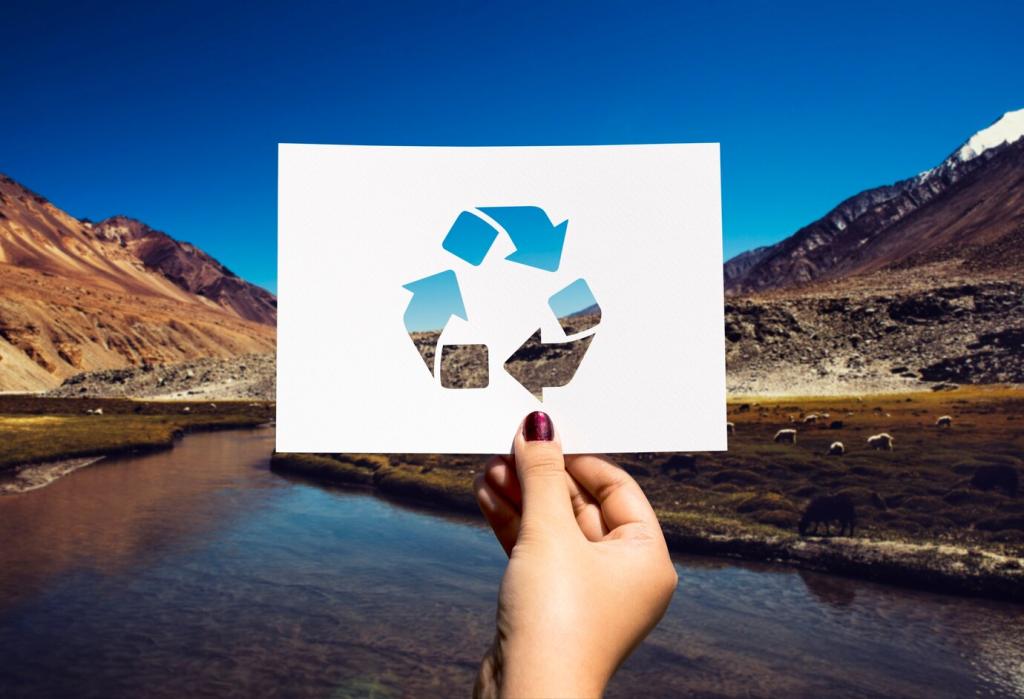
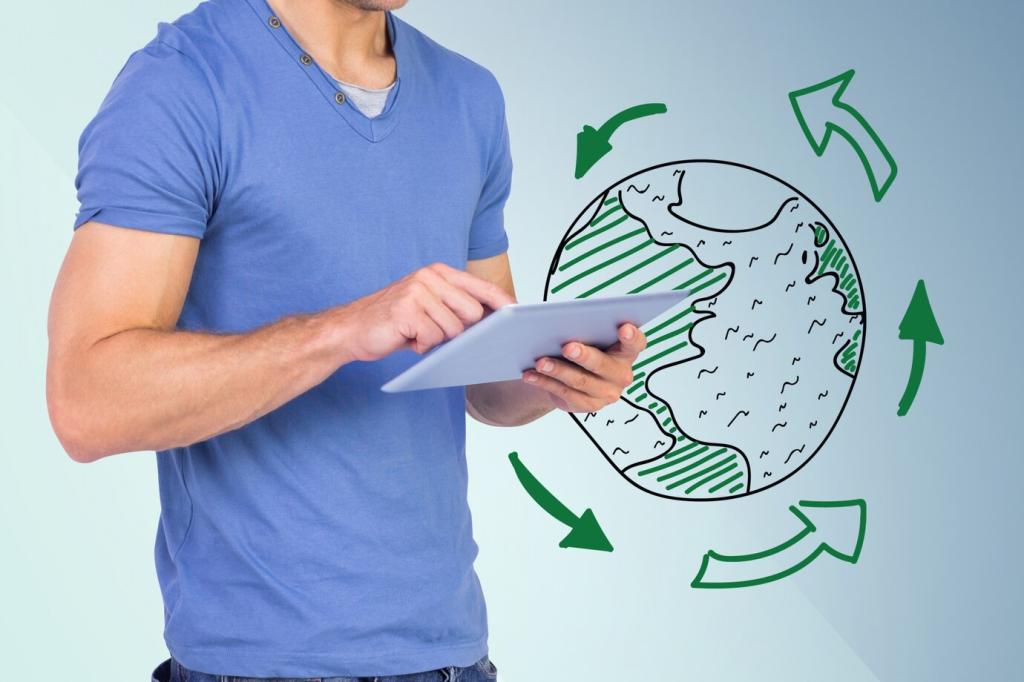
Case Study: From Tablecloths to Workwear Aprons
The maker drafted a simple, modular pattern with reinforced corners, cross-back straps, and replaceable hardware. Batch cutting maximized yield, and contrast stitching showcased intentional design. The café tested aprons for a month, then suggested a deeper pocket for thermometers.
Measure What Matters: Simple Impact Tracking
01
Use published baselines as proxies: repurposing a cotton shirt avoids the thousands of liters needed for a new one. Track items upcycled per month and multiply by conservative water figures to keep reporting honest, comparable, and motivational without overclaiming.
02
Estimate emissions by comparing a new item’s production footprint to your upcycled piece. Focus on avoided material, dyeing, and transport. Express results in relatable terms, like kilometers driven or phone charges avoided, and cite sources to maintain credibility.
03
Weigh incoming textiles and outgoing offcuts. Photograph batches, log fiber types, and record end uses. Even a simple spreadsheet builds a narrative that donors, partners, and readers can trust—and helps you spot process improvements over time.

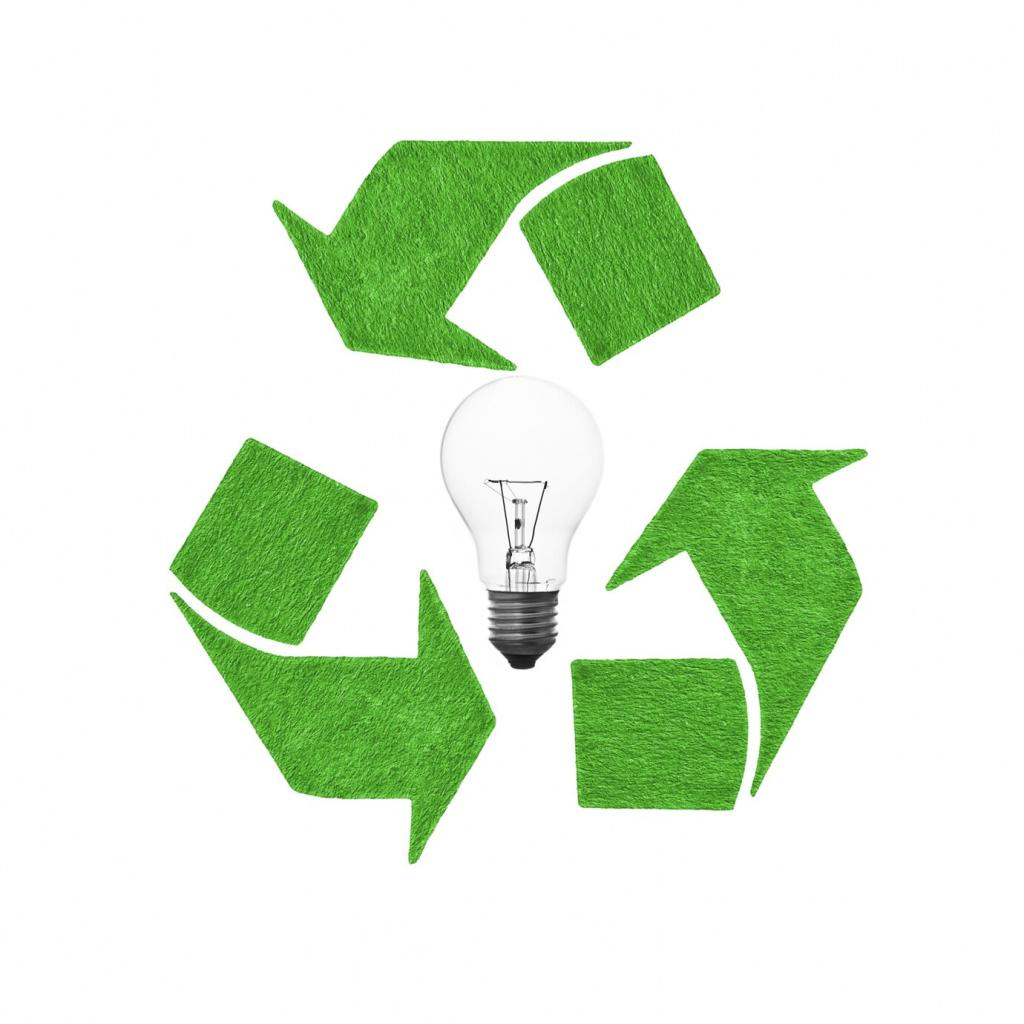
Care and Maintenance for Extended Lifespans
Cold-water cycles, mesh bags, and mild detergents reduce fiber stress and shedding. Line dry when possible to save energy and avoid heat damage. Add a microfiber-catching laundry bag to further cut shedding and keep waterways cleaner with every wash.
Care and Maintenance for Extended Lifespans
Stock needles, threads, patches, and a thimble in a small tin. A ten-minute fix often prevents a garment from becoming unwearable. Share your go-to kit list in the comments and subscribe for our monthly repair challenge with bite-sized, confidence-building prompts.
